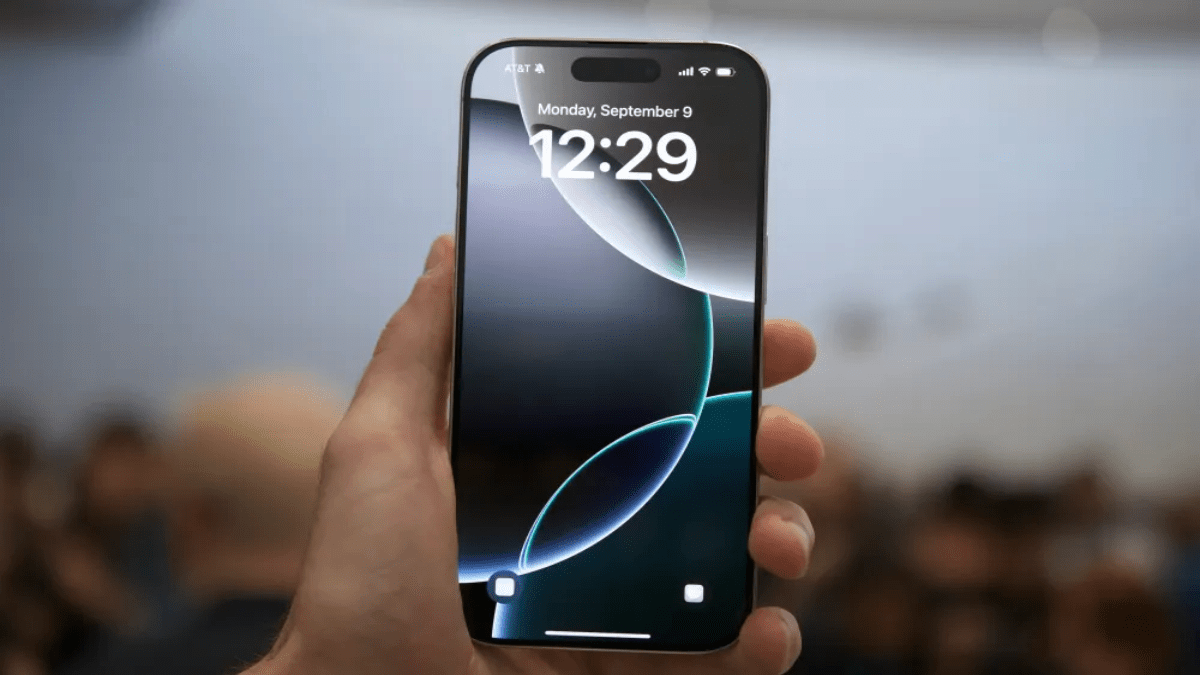
Advertisement
Apple has officially launched the iPhone 16 and iPhone 16 Pro series, and these new devices are packed with exciting features. For instance, the iPhone 16 and iPhone 16 Plus now come in fresh new colors, run on the powerful A18 chip, have upgraded cameras, and even include brand-new Action and Camera Capture buttons. The iPhone 16 Pro and iPhone 16 Pro Max also sport the Capture button but take it a step further with larger screens, enhanced camera performance, and the top-tier A18 Pro chip.
One standout across all four models is Apple Intelligence, the company’s cutting-edge AI software. This was introduced earlier in the year and will soon add several new AI-powered features to the iPhone 16 lineup.
But all these cool features mean nothing if you run out of storage space, right? You might be wondering, with all the camera upgrades, has Apple finally added a microSD card slot for extra storage? Let’s take a closer look.
Does the iPhone 16 have a microSD slot?
Unfortunately, the answer is no. Apple still hasn’t added microSD card slots to its iPhones, sticking to its usual practice. So, the storage you get when you buy the phone is all you’ll ever have.
How can you manage storage on the iPhone 16?
Since there’s no way to expand your iPhone’s storage after purchase, it’s crucial to choose a model with enough built-in space from the get-go. The iPhone 16 offers storage options of 128GB, 256GB, and 512GB, while the iPhone 16 Pro goes up to 1TB.
While it’s tempting to save money by opting for the 128GB version, we don’t recommend it in 2024. At $799, even the cheapest iPhone 16 deserves more space for all your apps, photos, and videos. We suggest at least 256GB for a better experience. If you’re into shooting videos, playing games, or downloading a lot of content, the 512GB or 1TB models are worth considering. While 1TB might be overkill for most people, 512GB can hit the sweet spot for heavy users.
How about cloud storage?
If you’re still worried about running out of space, Apple’s iCloud service is an excellent backup plan. With iCloud Photos, you can enable the “Optimize iPhone Storage” option, which stores smaller versions of your photos and videos on your device while the full-resolution originals live in the cloud.
You can also use iCloud Drive to move important files off your phone. Plus, iCloud can automatically offload apps you use less frequently, freeing up space while still keeping your data intact for when you reinstall the app later.
Is it worth the investment?
Regardless of which iPhone 16 model you choose, be prepared for a significant price tag. But think of your phone as an investment—it’s likely the smart device you’ll rely on most for the next two or three years, if not longer. So, it’s smart to choose a model with enough storage upfront to avoid constantly having to delete content or manage your space. It may cost more initially, but it will save you headaches in the long run.
